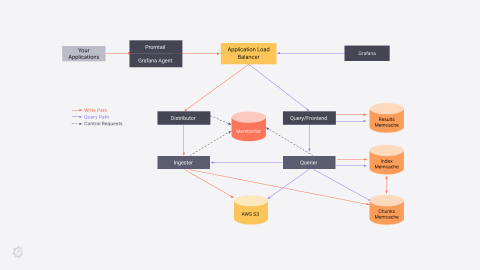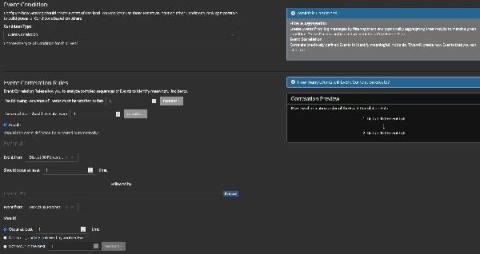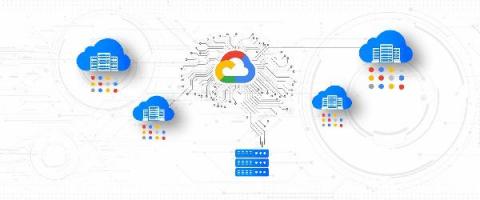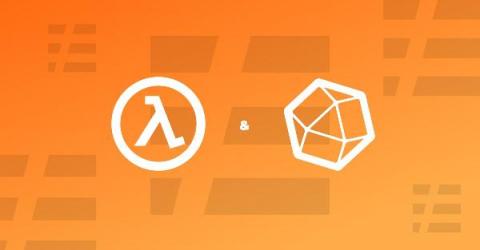A guide to deploying Grafana Loki and Grafana Tempo without Kubernetes on AWS Fargate
At Seniorlink, we provide services and technology to support families caring for their loved ones at home. In the past two years we’ve expanded our programs across the United States, and so our need to observe our application systems has grown too.










